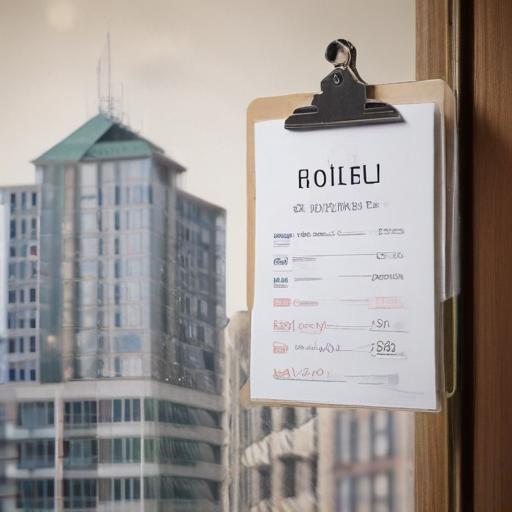UK asylum figures show a mixed picture: more people in hotels and more asylum seekers overall, but a drop in the backlog waiting for a first decision and a rise in removals.
Key figures
– Asylum seekers in hotels: up 8% to 32,059
– Total asylum seekers: a record high of 111,000, up 14%
– Irregular arrivals: up 27% to 49,000
– People waiting for an initial asylum decision: down almost 24% to 90,812
– Removals by force: up 25% to 9,072
What the numbers suggest
– The rise in hotel housing and irregular arrivals comes as the overall number of people seeking asylum continues to climb to historic levels.
– The decrease in the backlog waiting for an initial decision marks a significant shift, even as the system faces sustained demand.
– The increase in removals by force indicates a tighter enforcement stance alongside higher volumes of applications.
Reactions from politicians and advocates
– Yvette Cooper, Home Secretary for Labour, said the government inherited a broken system and that Labour has strengthened immigration controls, cut asylum costs, and sharply increased enforcement and returns.
– Kemi Badenoch, Conservative leader, argued that Labour’s claims about halving asylum hotels aren’t telling the full story, noting that much of the reduction happened before the last general election and suggesting that if the policy had continued, hotels would not be needed now.
– Lisa Smart, Liberal Democrat home affairs spokesperson, acknowledged progress in reducing the backlog but stressed that it remains far too large and far too long in the current system.
– Nigel Farage, Reform UK leader, pointed to record numbers claiming asylum under the current administration.
– Enver Solomon, chief executive of the Refugee Council, called for an end to hotel use for asylum seekers and argued that hotels are the wrong solution.
Human stories at the heart of the data
– The statistics sit beside personal experiences, such as Daastan living in a hotel in Yorkshire and Godgive sharing a house as she waits for a decision after leaving her child in Cameroon. These narratives underscore the human impact behind the numbers.
What this means going forward
– The data reflect ongoing pressures on accommodation, processing, and enforcement. While the backlog has decreased, the overall number of people seeking asylum remains high, and hotel accommodation remains a feature of the system.
– Policymakers face a balance between moving people through the system more quickly, ensuring safe and humane housing, and maintaining robust controls and returns where appropriate.
– Advocates continue to push for alternatives to hotel accommodation and for faster, fairer decision-making to reduce the strain on both asylum seekers and local communities.
Summary and outlook
– The latest Home Office figures show gains in processing times for some cases, ongoing high demand, and continued use of hotel accommodation alongside stronger enforcement. The contrasts reflect broader debates about how best to manage asylum and immigration in a way that is both fair to applicants and manageable for public services.
Additional context and value
– If you’re following the policy debate, these figures will feed into discussions about hotel usage, housing capacity, and the effectiveness of recent enforcement and return policies. Looking ahead, watching how the backlog evolves and how housing arrangements adapt will be key indicators of the system’s trajectory.
Note: This rewrite emphasizes the reported numbers, the range of reactions from major parties and advocates, and the human dimension behind the statistics, with a balanced, factual framing suitable for a straight news post. It also provides context for readers to understand the implications and what to watch next.
